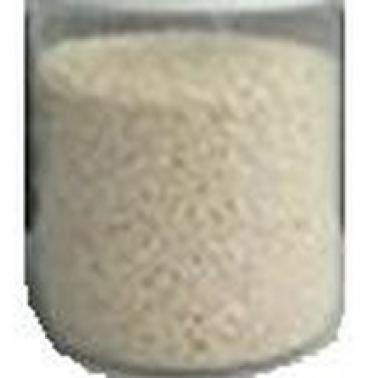
 PRODUCTS
PRODUCTS

| 86-755-82327106 86-755-82327107 86-755-82322950 |
|
| 86-755-82321302 | |
| agrochem@topsencn.com | |
| ray@topsencn.com | |
| Ms. Alice Zhang | |
| Mr. Ray Wang |

Introduction
Tebuthiuron is a broad-spectrum, pre-emergence and post-emergence, surface applied herbicide. for total control of woody plant species, brush and weeds. It is absorbed by woody plants via the roots and translocated to its target sites in the stems and leaves.
|
  |
Chemical Name: N-[5-(1,1-dimethylethyl)-1,3,4-thiadiazol-2-yl]-N,N'-dimethylurea
Formula: C9H16N4OS
Molecular Weight: 228.31
CAS No.: 34014-18-1
Structure:

Description:
Appearance: Tebuthiuron is an off-white to buff-colored crystalline solid with a pungent odor.
Melting Point: 161.5-164°C.
Vapour Pressure: 0.27 mPa(25°C).
Stability: Soluble in water 2.5g/L(25°C).
Specification: 95%TC
Uses: Tebuthiuron is a broad-spectrum herbicide used to control weeds in non-cropland areas, rangelands, rights-of-way, and industrial sites. It is effective on woody and herbaceous plants in grasslands and sugar cane. Weeds that are controlled by tebuthiuron include alfalfa, bluegrasses, chickweed, clover, dock, goldenrod, mullein, etc. Woody plants take a period of 2 to 3 years to be completely controlled.
Tebuthiuron is sprayed or spread dry on the soil surface, as granules or pellets, preferably just before or during the time of active weed growth. It is compatible with other herbicides.